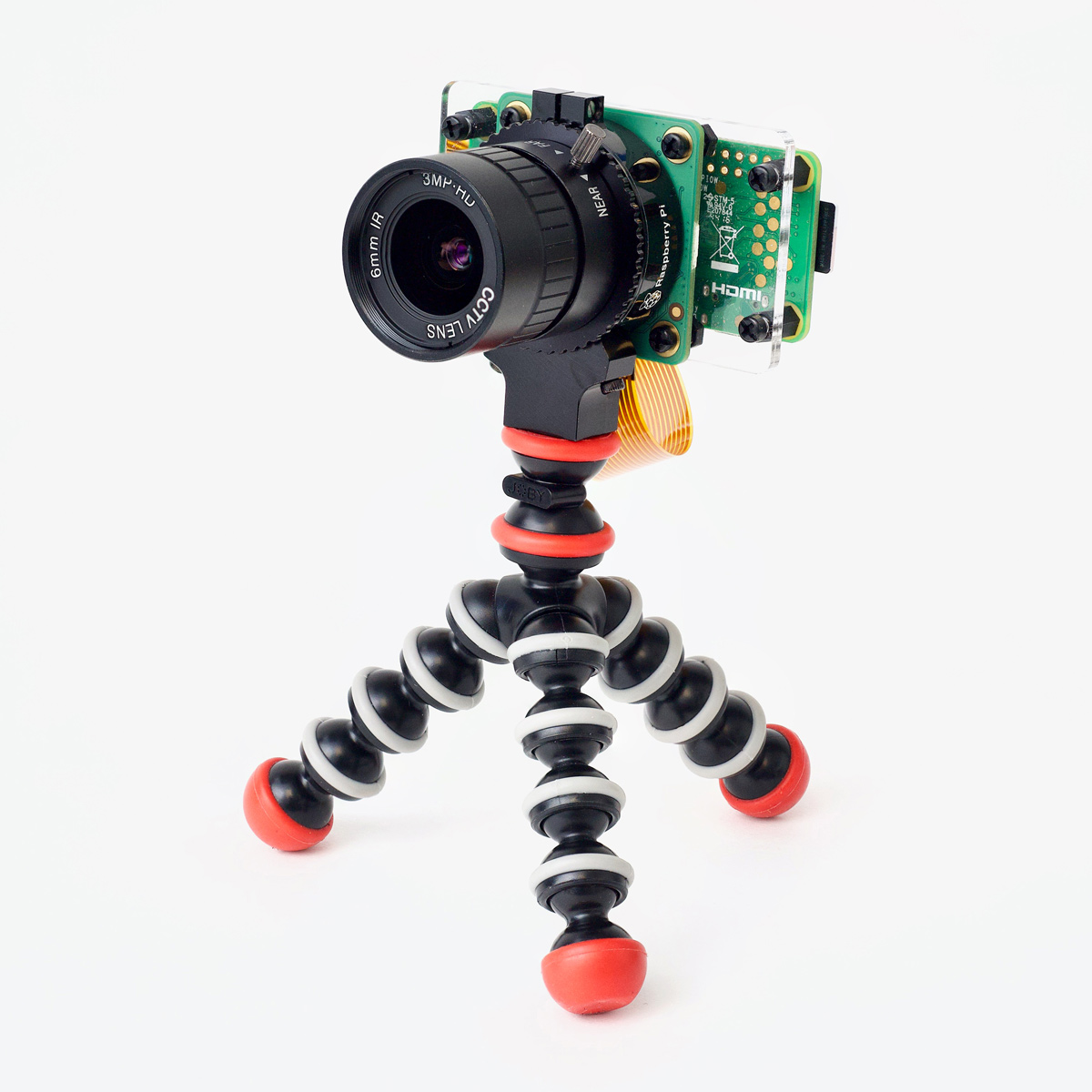

I couldn’t find a case specifically for the night vision camera, so I just bought the starter kit so I could have the extra adapters for future projects: I also used an Anker Battery Pack which allowed the camera to be a bit more mobile:įor the Night Vision Camera, I used a Raspberry Pi Night Vision Camera with 2 Infrared LEDs and a Vilros Pi Zero W Complete Starter Kit. Though this camera has great resolution, it does draw a bit more power and can run a little on the hot side.

Raspberry Pi Camera or Night Vision Camera (for the Pi Zero W)įor the regular camera setup, I used an Adafruit Pi Zero W Camera kit that included the Pi Zero W, the Pi Camera v2 (8 Megapixels), and a case.Even at the lowest resolution there seemed to be a couple second lag between recording and viewing the stream on another PC. All of these options do come at a price, as of the 4 methods that we will cover, this option produced one of the slowest video captures. Using MotioEyeOS you have a plethora of options for setup, recording, even streaming the video to another location.

I started with using MotionEyeOS as it is a fairly easy install and hands down the most feature packed method. This will be part one of a four-part article series on using Raspberry Pi products as security cameras. In this article, we will cover how to use a Pi Zero W as a surveillance cam, using a regular or a Night Vision camera and MotionEyeOS. It is the smaller relative of the Raspberry Pi, but in many ways functions exactly like the original Pi. The Raspberry Pi Zero W is a perfect choice for many projects.


 0 kommentar(er)
0 kommentar(er)
